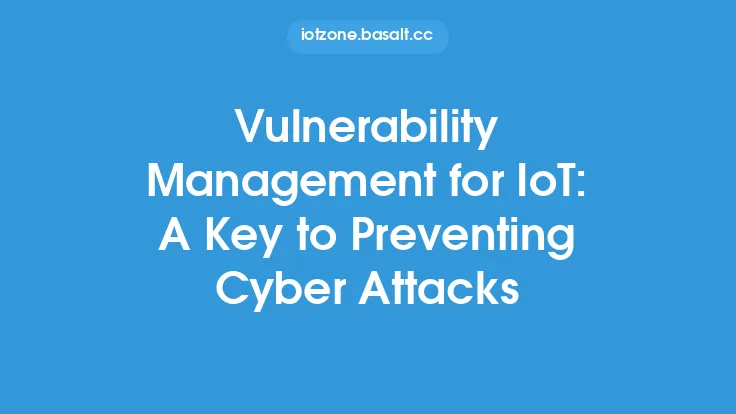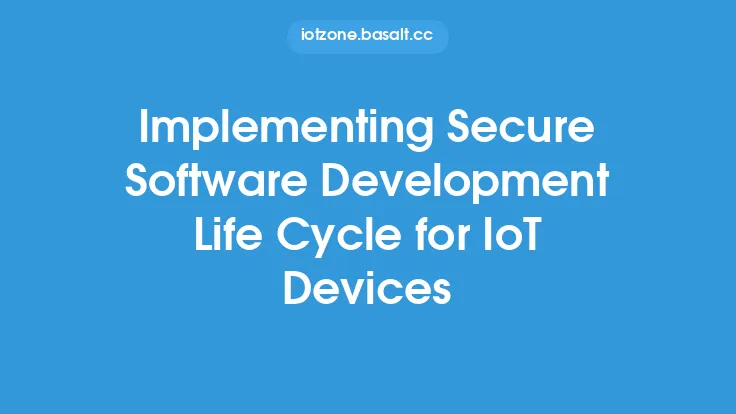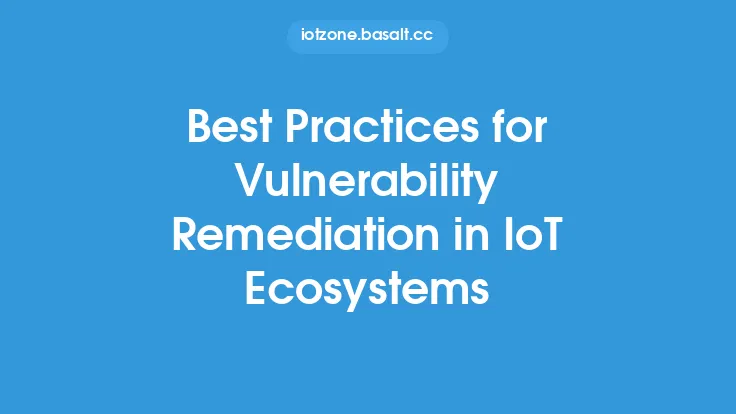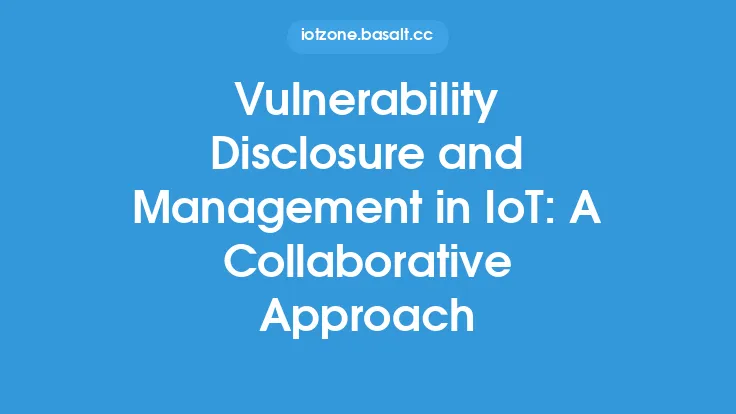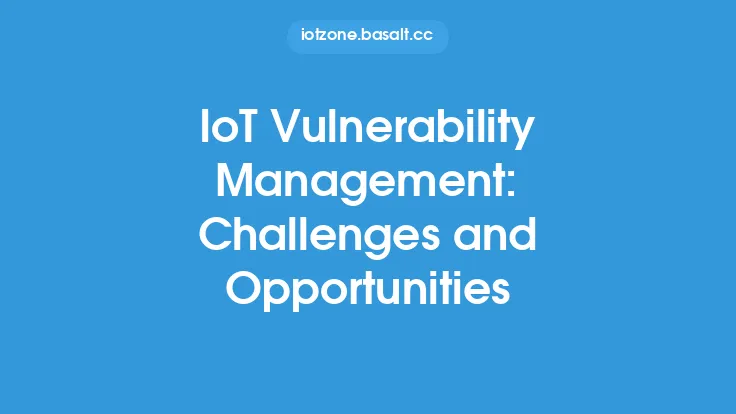Implementing a comprehensive vulnerability management program is crucial for ensuring the security and integrity of IoT devices. The increasing number of connected devices has created a vast attack surface, making it essential to identify, prioritize, and remediate vulnerabilities before they can be exploited by attackers. A well-structured vulnerability management program helps organizations to proactively manage risks, reduce the likelihood of security breaches, and maintain the trust of their customers.
Understanding the Challenges of IoT Vulnerability Management
IoT devices pose unique challenges when it comes to vulnerability management. The diverse range of devices, protocols, and architectures makes it difficult to develop a one-size-fits-all approach. Additionally, many IoT devices are resource-constrained, making it challenging to implement traditional security measures. The lack of standardization and the rapid evolution of IoT technologies also contribute to the complexity of vulnerability management. Furthermore, the supply chain of IoT devices is often global and fragmented, making it difficult to track and manage the security of components and dependencies.
Key Components of a Vulnerability Management Program for IoT Devices
A comprehensive vulnerability management program for IoT devices should include several key components. First, it is essential to have a thorough understanding of the device inventory, including the type, version, and configuration of each device. This information is critical for identifying potential vulnerabilities and prioritizing remediation efforts. Next, organizations should implement a vulnerability scanning and detection process that can identify potential vulnerabilities in real-time. This can be achieved through the use of specialized IoT vulnerability scanning tools or by integrating IoT devices into existing vulnerability management systems.
Vulnerability Classification and Prioritization
Once vulnerabilities are identified, they must be classified and prioritized based on their potential impact and likelihood of exploitation. This can be achieved through the use of standardized vulnerability classification frameworks, such as the Common Vulnerability Scoring System (CVSS). CVSS provides a comprehensive and standardized approach to scoring vulnerabilities based on their potential impact, exploitability, and other factors. By prioritizing vulnerabilities based on their CVSS score, organizations can focus their remediation efforts on the most critical vulnerabilities first.
Remediation and Mitigation Strategies
Remediation and mitigation strategies are critical components of a vulnerability management program. For IoT devices, remediation strategies may include patching, updating, or replacing vulnerable devices or components. However, in some cases, remediation may not be possible or practical, and mitigation strategies must be employed instead. Mitigation strategies can include implementing network segmentation, firewalls, or intrusion detection systems to reduce the attack surface and prevent exploitation of vulnerabilities. Additionally, organizations can implement secure coding practices, secure protocols, and encryption to reduce the risk of vulnerabilities being exploited.
Continuous Monitoring and Improvement
Continuous monitoring and improvement are essential for ensuring the effectiveness of a vulnerability management program. Organizations should regularly review and update their vulnerability management processes to ensure they are aligned with the latest threats and vulnerabilities. This can be achieved through the use of threat intelligence feeds, vulnerability databases, and other sources of information. Additionally, organizations should conduct regular security audits and risk assessments to identify areas for improvement and ensure that their vulnerability management program is operating effectively.
Technical Considerations for IoT Vulnerability Management
From a technical perspective, IoT vulnerability management requires a deep understanding of the underlying technologies and protocols used by IoT devices. This includes knowledge of device-specific protocols, such as CoAP, MQTT, and LWM2M, as well as an understanding of the device's operating system, firmware, and software components. Additionally, organizations should be familiar with the latest security standards and guidelines for IoT devices, such as those published by the Industrial Internet Consortium (IIC) and the Open Web Application Security Project (OWASP). By leveraging this technical knowledge, organizations can develop a comprehensive vulnerability management program that is tailored to the specific needs of their IoT devices.
Integration with Existing Security Systems
Finally, it is essential to integrate the vulnerability management program with existing security systems and processes. This can include integrating with incident response plans, security information and event management (SIEM) systems, and other security tools and technologies. By integrating the vulnerability management program with existing security systems, organizations can ensure that vulnerabilities are identified and remediated quickly and efficiently, reducing the risk of security breaches and maintaining the integrity of their IoT devices.
Conclusion and Future Directions
In conclusion, implementing a comprehensive vulnerability management program is critical for ensuring the security and integrity of IoT devices. By understanding the challenges of IoT vulnerability management, implementing key components of a vulnerability management program, and leveraging technical knowledge and expertise, organizations can reduce the risk of security breaches and maintain the trust of their customers. As the IoT landscape continues to evolve, it is essential to stay informed about the latest threats, vulnerabilities, and security standards, and to continuously monitor and improve vulnerability management processes to ensure they remain effective and relevant.
